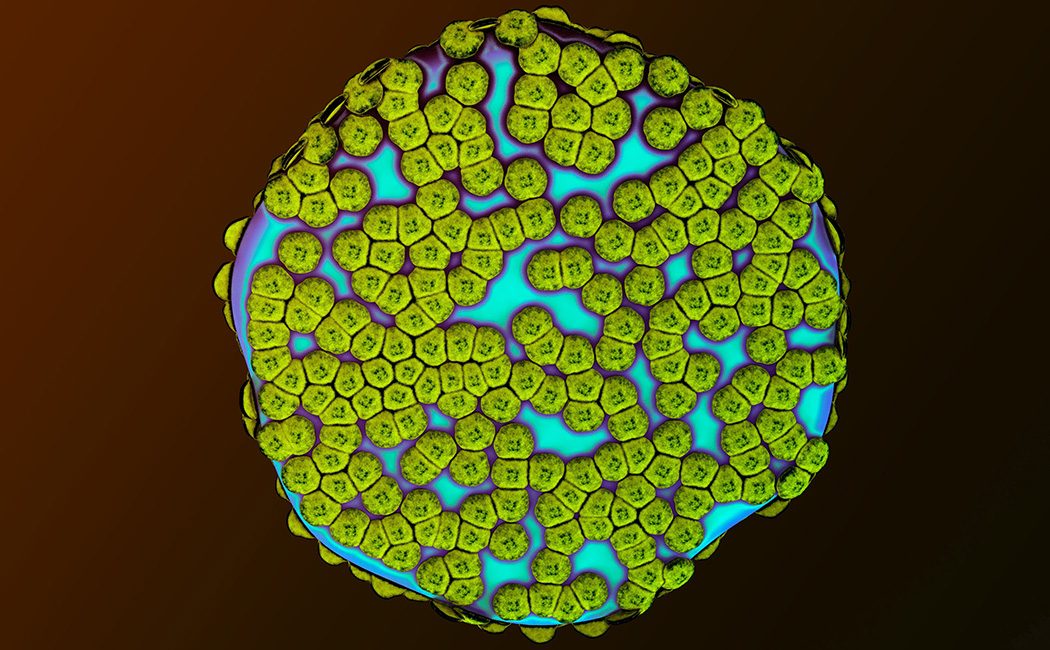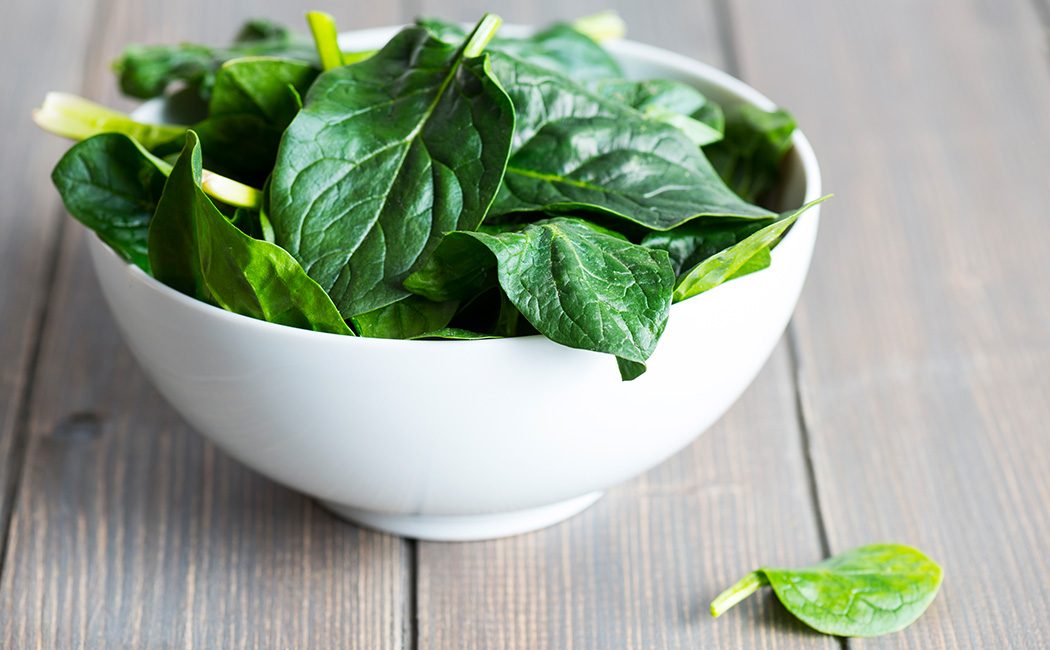Lyme Disease and Histamine Intolerance.
If you have Lyme disease or any other serious health issues you may find this article useful. It’s a fact that inflammation raises its ugly head in all health problems. Autoimmune diseases, CVD, blood pressure, respiratory, muscle-skeletal, arthritis, chronic pain, digestive, mental or sinus, even cancer.
But what causes inflammation?
Allergies and Intolerances will be a Series of articles Covering the following;
- Histamine Allergy/Intolerance
- Salicylate Allergy or Salicylate Intolerance
- Tyramine Allergy
- Latex Allergy
- Pollen Allergy
We will also have a look at the involvement of ‘mast cells’ in inflammatory responses. Called Mast Cell Activation Syndrome or Mastocytosis. We will look into our exposure to latex in everyday life, histamine rich foods, the number of salicylates we come into contact with, and what happens when environmental pollen counts are high, and is this the only source of pollen.
As we said in the first article, oral allergy syndromes are rising to pandemic proportions, but these food allergens were not affecting us in years gone by, it is a modern phenomenon. But why?
Just to recap, in the last post story about allergies and intolerances, we spoke about peanut allergy, Gluten Intolerance and Celiac Disease, Asthma and Dairy.
So, today we will cover Histamine and Mast Cells.



